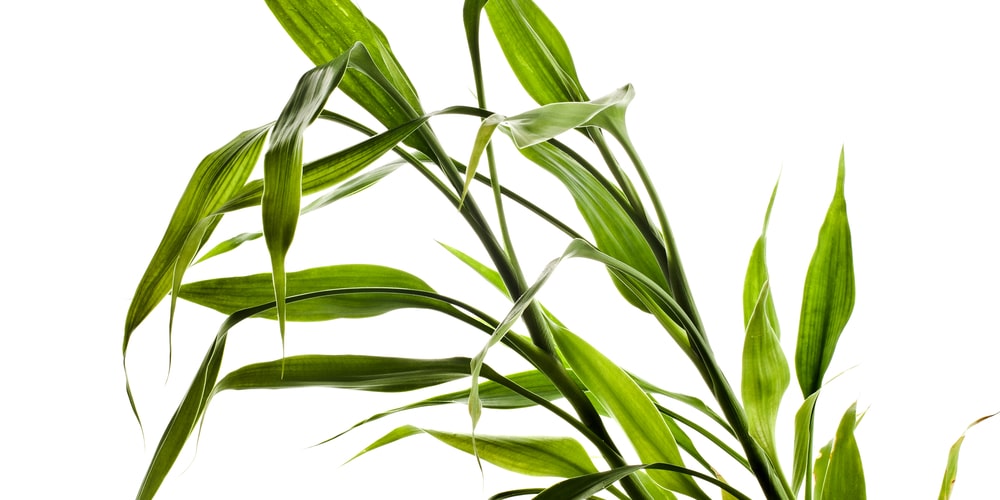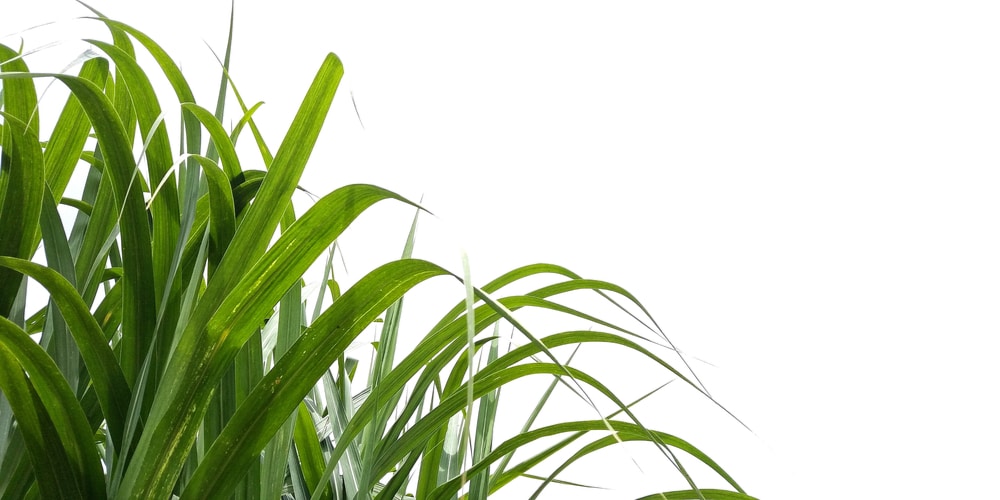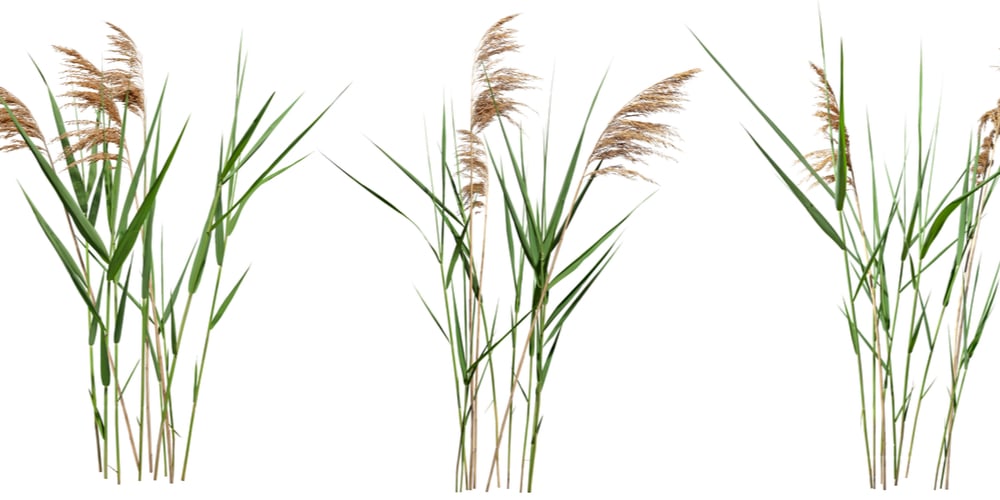Have you ever seen a pesky grassy weed poking up through the cracks in your sidewalk or driveway? If so, then you’ve met cane grass (a type of sedge), one of the most common lawn pests.
While it may not seem like a big deal, cane grass can quickly take over an area if left unchecked, and it’s surprisingly challenging to get rid of! Cane grass is a fast-growing, invasive plant that can quickly take over your yard or garden.
Not only does it crowd out other plants, but it also provides a perfect breeding ground for mosquitoes and other insects.
Moreover, the sharp, barbed leaves can make it difficult to walk or play in affected areas. If left unchecked, cane grass can quickly turn a beautiful lawn into an overgrown, mosquito-infested mess.
Controlling this type of grass can be a challenge, but it’s definitely possible with a little patience and effort.
Why is Cane Grass Considered a Pest?
Cane grass has long been considered a pest, posing a threat to agricultural land and ruining carefully tended lawns. This tough and invasive plant can thrive in various conditions and grows quickly, crowding out other plant species with its thick clusters of dense canes.
As such, it can take up water, fertilizer, and sunlight that might otherwise be used by other plants in the area.
Additionally, its roots are extremely deep, capable of rapidly spreading through the soil and establishing new colonies even when mature cane grass plants have already been eradicated.
Overall, the grass is a tenacious weed that poses a serious challenge for gardeners and landowners alike.
Its sharp barbs along its stems can cause irritation or infection if they come into contact with skin, and the plant’s dense growth can make it difficult to walk or play in affected areas. In agricultural settings, cane grass can quickly take over fields, crowding out crops and reducing yields.
Reasons Why You Should Eradicate Cane Grass
Aside from being unsightly, cane grass can have a serious impact on your property if left unchecked. Here are just a few reasons why you should make eradicating this pest a priority:
Impacts Water Quality
One of the biggest reasons why you should eradicate cane grass is its impact on water quality. Cane grass thrives in wet, marshy areas, and it has an incredibly deep root system that can reach far underground.
This means that cane grass is able to soak up a lot of water, leaving less for other plants and animals in the area.
Additionally, cane grass can also act as a conduit for pollutants and sediment, transporting them from one body of water to another.
This can have a serious impact on local ecosystems and water quality, so it’s essential to do what you can to control cane grass growth.
They’re Highly Invasive
Cane grass is one of the most invasive species in the world. Unlike other plants, it can spread quickly and easily over large areas, thanks to its tubers and rhizomes.
These structures allow it to aggressively invade native ecosystems, outcompeting other plant species and disrupting natural processes like nutrient cycling.
They grow in dense patches, taking over large areas of land, monopolizing resources like sunlight, space, water, and nutrients, and completely altering the natural balance of an ecosystem.
Additionally, the seeds are extremely resistant to breakage and can survive for an especially long time in the soil. Once cane grass populations get established in an area, they are tough to eradicate.
What’s more, cane grass is also extremely difficult to eradicate once it has taken hold. Once established in an area, it establishes a deep root system that is almost impossible to dig out by hand.
As such, the only effective way to get rid of cane grass is through chemical or biological methods, which can be costly and time-consuming.
Causes Significant Changes in Soil Composition
Cane grass is an invasive species that can cause significant changes in soil composition. They grow in dense patches, taking over large areas of land, monopolizing resources like sunlight, space, water, and nutrients, and completely altering the natural balance of an ecosystem.
The plant produces a large amount of biomass, altering the soil’s structure. Additionally, the deep roots of cane grass can break up hard soils and change their composition.
The plant also alters the pH of the soil, making it more acidic. This can lead to a decrease in the number of desirable plants that are able to grow in the area.
How to Stop the Spread
Cane grass is an invasive species that can be incredibly difficult to control. This hardy plant grows quickly and spreads easily, choking out native species with its dense network of tough stems and leaves. Additionally, cane grass contains a complex array of chemical compounds that make it highly resistant to herbicides.
With that being said, before the problem gets worse, it’s important to take action to control the spread of cane grass. Here are a few tips:
- Regularly mow your lawn and remove any cane grass that is present.
- Use a herbicide specifically designed to target cane grass. Be sure to follow the instructions on the label carefully.
- If you have a pond or other body of water on your property, make sure to remove any cane grass that is present.
- Remember to dispose of any cane grass that you remove from your property in a way that will prevent it from spreading.
- Use physical barriers like mulch or gravel to prevent cane grass from spreading into garden beds or other areas of your property.
- Consider using biological control methods, such as releasing beetles that feed on cane grass.
Final Thoughts
Cane grass is a serious problem for many homeowners and property owners. This invasive species can quickly take over an area, crowding out native plants and changing the soil composition. If not controlled, cane grass can have a significant impact on local ecosystems.
Fortunately, there are steps that you can take to control the spread of cane grass. Be sure to mow regularly, use herbicides specifically designed for cane grass, and dispose of any cane grass that you remove from your property in a way that will prevent it from spreading.
You may also want to consider using physical barriers or biological control methods to help keep this invasive species under control.
Be diligent in your efforts to control the spread of cane grass, and you will be able to keep this invasive species under control. With a little bit of effort, you can make a big difference in this fight against cane grass.
Related Article: Tall Ornamental Grasses for Privacy


